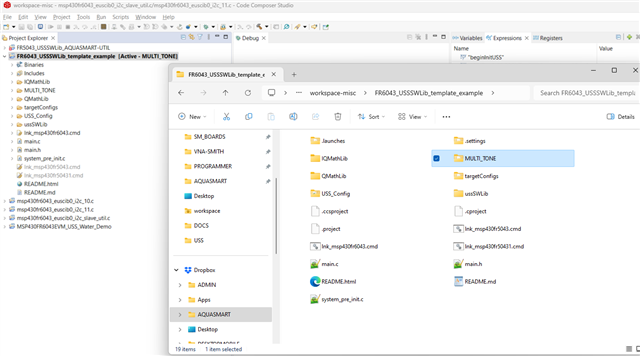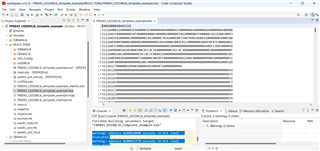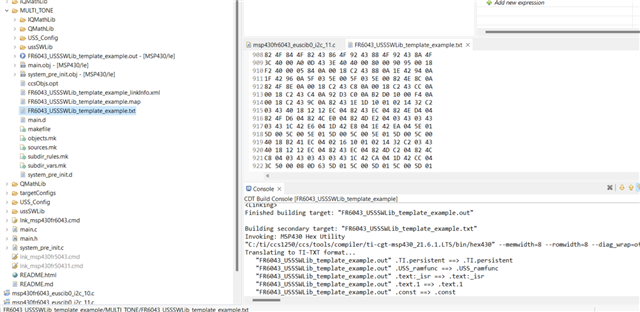Other Parts Discussed in Thread: , MSP430FR50431
hi
kindly tell me how to determine the code size for my executable. specifically, i will be programming this controller from another controller, and need know the flash size i will need in the programming MCU.
thanks,






